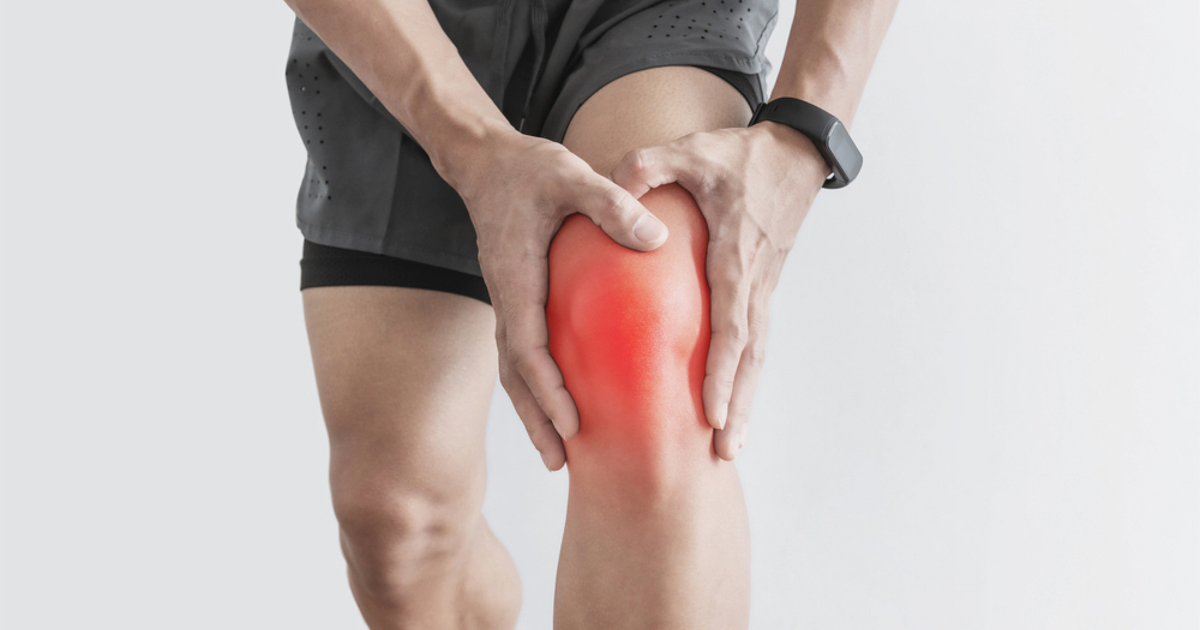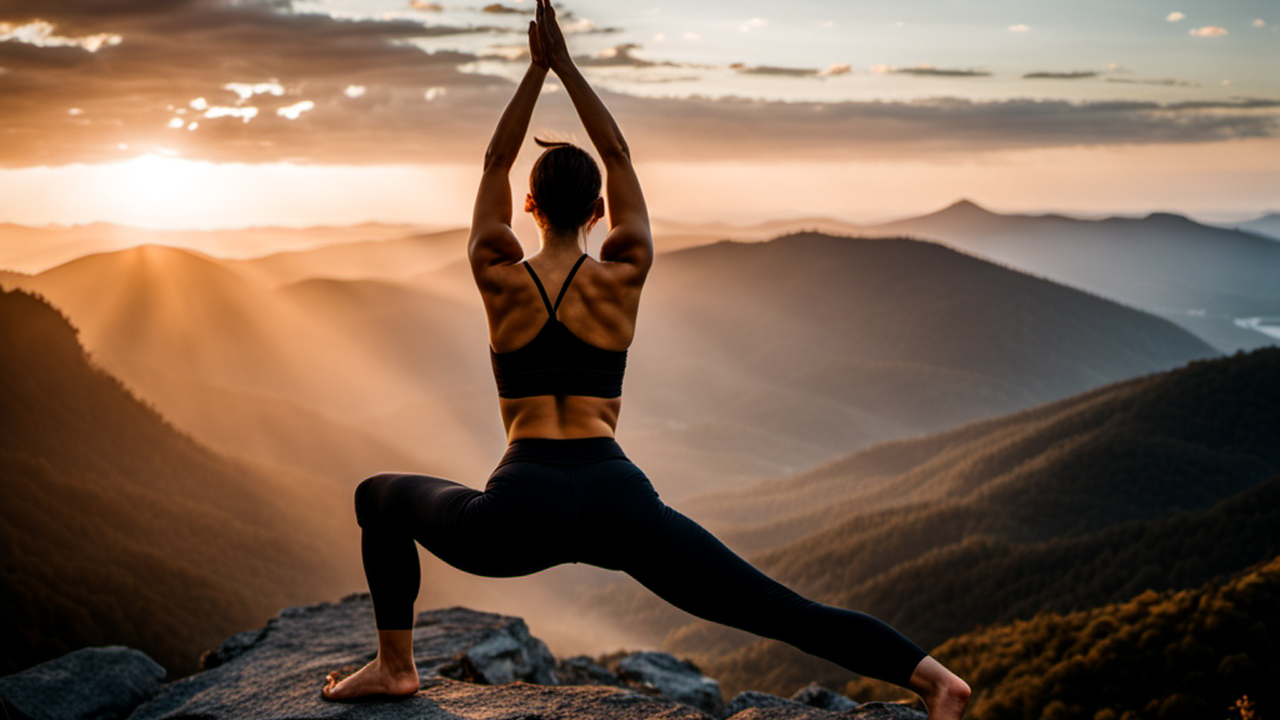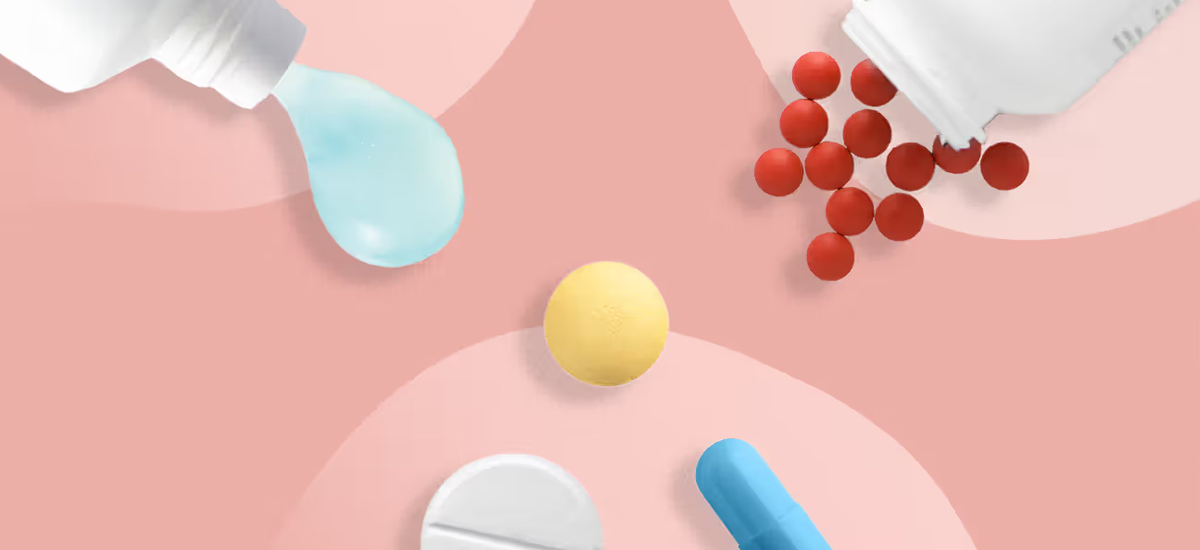Understanding Knee Pain: Causes, Symptoms, and Effective Treatments for Lasting Relief
Knee pain is common. And that can be as a result of an injury, arthritis, or through the use of the joint during activities. This is why knowledge of the etiology is so important in the management of the disease. Traumas such as a sprain or a strain, are usually due to some form of contact danger or a twist. Arthritis is a disease which affects the joints of the body by swell, which leads to pain and stiffness. Repetitive activities and wrong exercise lifting form are also known to cause discomfort.
For treatment of knee pain, initial steps consist of avoiding any high-impact activities and applying ice to lessen the inflammation. Sometimes non-prescription medications can keep your pain at bay. They can lend support to the knee and reduce the likelihood of an additional issue. If the pain persists or even aggravates, one should always pay a visit to the doctor. In this way, they can come up with the duration of the treatment and can also conduct tests to determine the problem. Knee pain can be handled early enough to tell the difference between normal and abnormal. It contributes to a quicker restoration of the premier day to day routines.
Knee Pain in Ladies
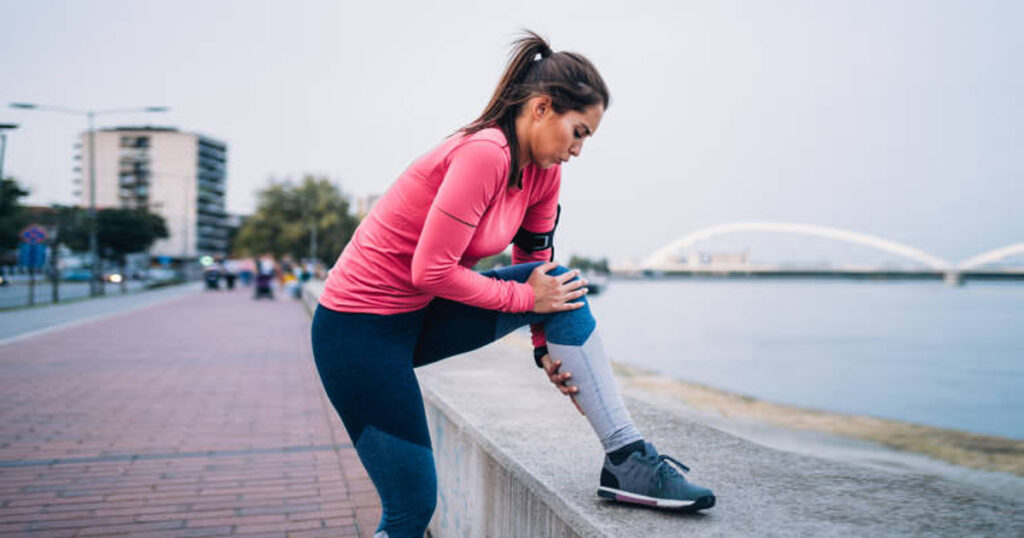
There are differences between men and women when it comes to knee pain mainly because women undergo hormonal changes, during pregnancy or are at a greater risk of contracting some types of joint disorders. And although it’s quite common, it is often associated with, for instance, patellofemoral pain syndrome or osteoarthritis. To relieve your knee ache, control your weight. Ensure that one uses the right support while engaging in physical exercises. If the discomfort persists, help from a health care professional is advised.
Causes of Knee Pain in Ladies
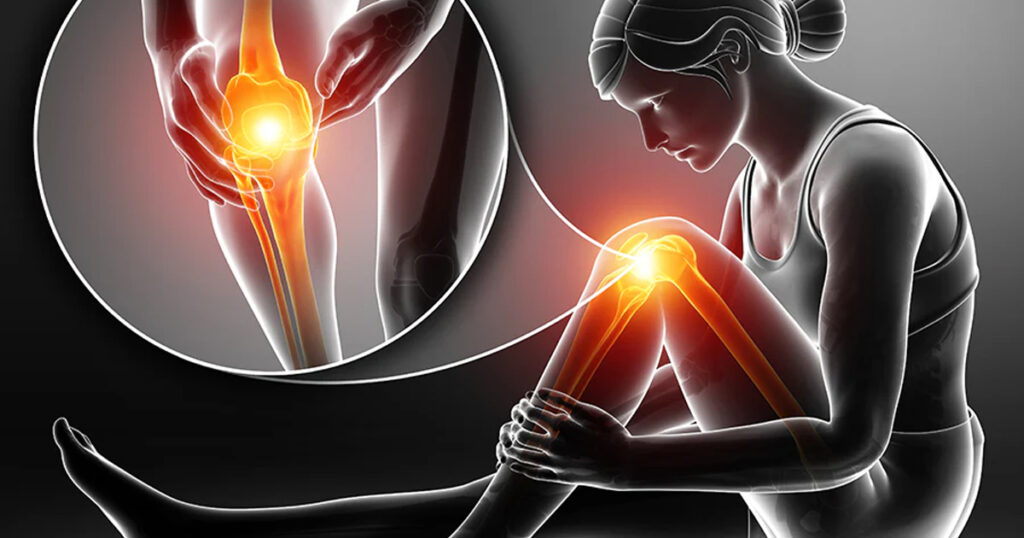
Female participants have marked and chronic knee pain and stiffness that compromises their functioning. Several reasons contribute to this discomfort, the main being that they include hormonal changes as well as particular physical conditions. Understanding the causes of knee pain teaches one how to manage and reduce any disagreeable sensation.
Hormonal Changes
Hormonal changes such as during menstration, pregnancy, or menopause may alter joint’s health. Estrogen is also to also supports joint-tissue structure and integrity. Its changes may result in joint pain and such changes of rigidity may affect the joint’s movement. Moreover, it has been identified that post-menopausal women are more vulnerable to osteoarthritis. This is due to young women having lower levels of estrogen than post-menopausal women.
Pregnancy and Childbirth
It also brings additional pressure to the knees from the increase in weight and the formation of some body structures. Relaxin is a hormone that prepares the pelvis for labor. It also influences the knee ligaments, which might result in pain and instability. Babies also cause knee deterioration when a woman is delivering and nursing the baby.
Overuse and Physical Activity
High-impact sports or constant engagement in various activities may make the knees of women develop some pains due to overuse. Namely, there is a provocation of the patellofemoral pain syndrome when the kneecap is misaligned. These problems can thus be avoided through appropriate warm-up, stretching, and record exercise programs.
Osteoarthritis
Osteoarthritis is one of the form of joint disease that is common among the elderly. That is why it is a common issue, particularly in women’s middle-aged group. This means that cartilages are damaged and hence lead to pain, swelling, and had range of motions. Osteoarthritis results from genetics, past joint injuries, obesity.
Ligament Injuries
Female athletes for instance are more prone to ligament strains and strains for instance the ACL. This is due to reasons that pertain to the anatomy and biomechanics of the two tasks and the kids involved in each of them. Such injuries are common particularly instants when a player changes the direction of movement in impact sports. They get medical attention and they also need to go through some form of rehabilitation.
Knee Pain Treatment
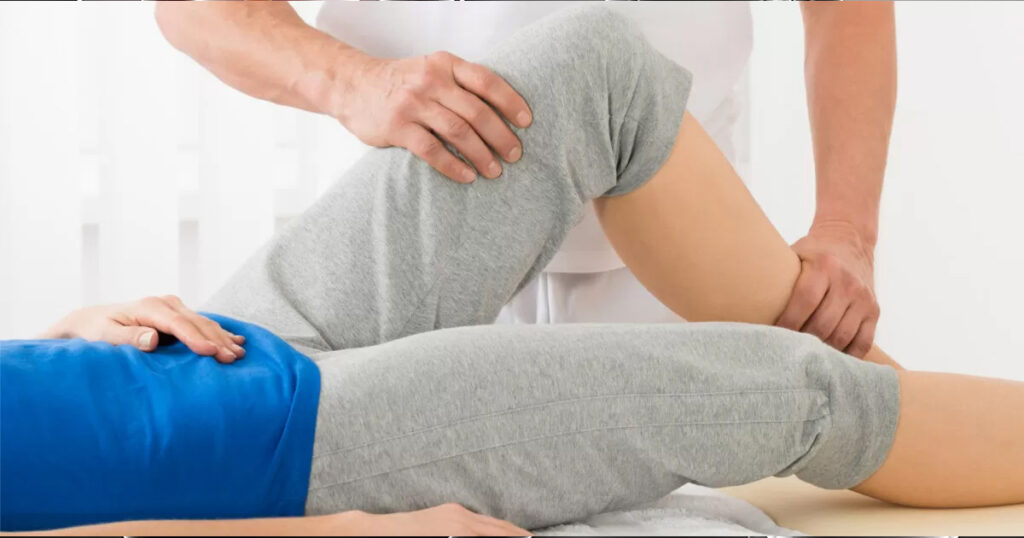
Knee pain could be debilitating in as much as it may obstruct socially relevant functional activities and concomitantly reduce the overall quality of life of an affected individual. Merely a few treatments are normally sufficient to address problems successfully; usually, people are required to seek many measures at different scales in the community. Pain medications must be officially prescribed fitting to the causing factor. Knee pains can be treated with home remedies and medicines and one has to understand the two well. It also has been observed that with the proper use they can be used for the management and control of pain.
Rest and Ice Therapy
In the first instance, the injury should be rested see page foot and knee and then the knee should be iced. This can help to cools the joint area and also to lessen inflammation and pain. Ice therapy has a function of restricting blood flow to affected area. This certainly decreases inflammation and has a numbing effect for a while giving temporary succour. Ideally, set the ice to be applied for 15-20 minutes in every 2-3 hours in the initial 48 hours of the pain.
Physical Therapy
Physical therapy is the main way that can help to gain the muscles around the knee. It stretches the muscles and tendons, and brings back function. This can be done by a physical therapist who will recommend proper exercises for the patient. It will strength the muscles and bones, balance your body, and correct everything that is producing the pain. It is a good idea to perform some stretching and strengthening exercises in order not to have such problems in the future and for the management of chronic pain problems.
Lifestyle Modifications
Several lifestyle changes that a person can make can remarkably influence the status of his knees. This means that in order to put lesser strain on the knees one has to ensure that he has attained a healthy weight that his/her body can manage. Swimming, cycling and other similar exercises help to apply necessary pressure to the bones and muscles of the joints. Furthermore, in exercise, right techniques and good shoes avert knee pressure.
Knee Pain Exercises
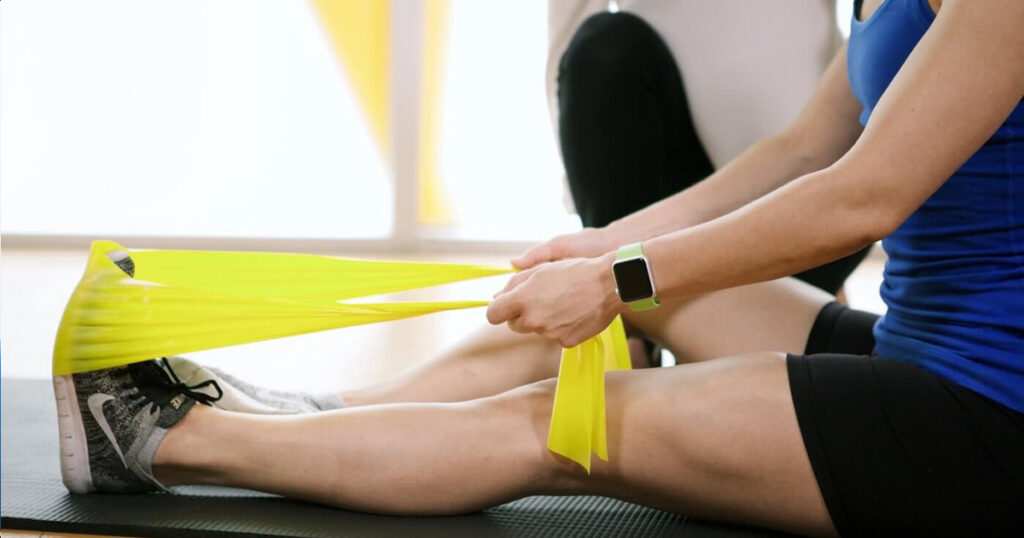
Some of the activities can be incorporated into the routine together with several specific exercises to ease the knee pain. Specific training enhances muscles surrounding the joint, enhances flexibility and helps to fix the knee. Here is a comprehensive treadmill walking workout for seniors to get rid of knee pain and enhance knee joint function.
Quadriceps Strengthening
Straight Leg Raises: Lie on your back on the glide, one leg in the wooden shelf and the other on the slope. Raise the straight leg to the level of the bend knee and then lower it down. It is recommended that leg swings are done between 10 and 15 times on each leg. This exercise focuses on the quadriceps that is responsible for the stabilization of the knee.
Hamstring Stretching
Hamstring Stretch: Free sitting means that the consumers should sit on the floor. Extend one leg. Swing the other in a manner that the foot touches the inner thigh of the stretched-out limb. Take forward of the body, towards the toes of the straightened leg and hold for 20-30 seconds. Do this 2-3 sets for each leg. This stretch weakens the pull of the hamstrings on the knee thus increasing the flexibility of the knee.
Calf Strengthening
Start with your feet shoulder-width apart and take your weight on to your toes and then back down. Perform 15-20 repetitions. The same exercise can be done with more difficulty – with one leg at a time. Knee stability and diminution of impact during designed motion are likely to be backed by strong muscular calfs.
Step-Ups
Go on a strong step or a platform. Turn the left foot I/2 ahead and bring the right foot to its side and step back on the floor. It is recommended to do it 10-15 repetitions at a time for one leg and than repeat the same for the other leg. As the exercise targets the front and back of the thighs, it goes along to build knee stability.
Side-Lying Leg Lifts
Position: lie on the side of the body hence put legs straight. Gently raise the top leg to approximately the 45 degrees and then lower it. For each of the movements do 10-15 reps on each leg. This exercise also targets the hip abductors especially the muscles that are involved in the better alignment and stability of the knee joint.
Wall Sits
Stand with back against a wall and separated by about knee width. Sit down sliding off the box. Hold for 20-30 seconds. A gradual increase of the time must be followed by an increase in strength of the muscle. Wall sits work on the quadriceps and help increase the strength.
Bridge Exercise
Lay on your back with your legs flexed at the hip and fees planted firmly on the ground. And this time, pull the hips up towards the ceiling with the glutes contracted, and then sinuously come back down. Perform 10-15 repetitions. It helps in strengthening of glutes and lower back muscles and hence providing support to knees.
Low-Impact Cardio
Low-Impact Cardio: Swimming, cycling, and using elliptical definitely is heart friendly activities. They are also easy on your knees. For joint health, try and do 20-30 minutes of low impact cardio exercise 3-4 times a week at the least.
Knee pain treatment at home
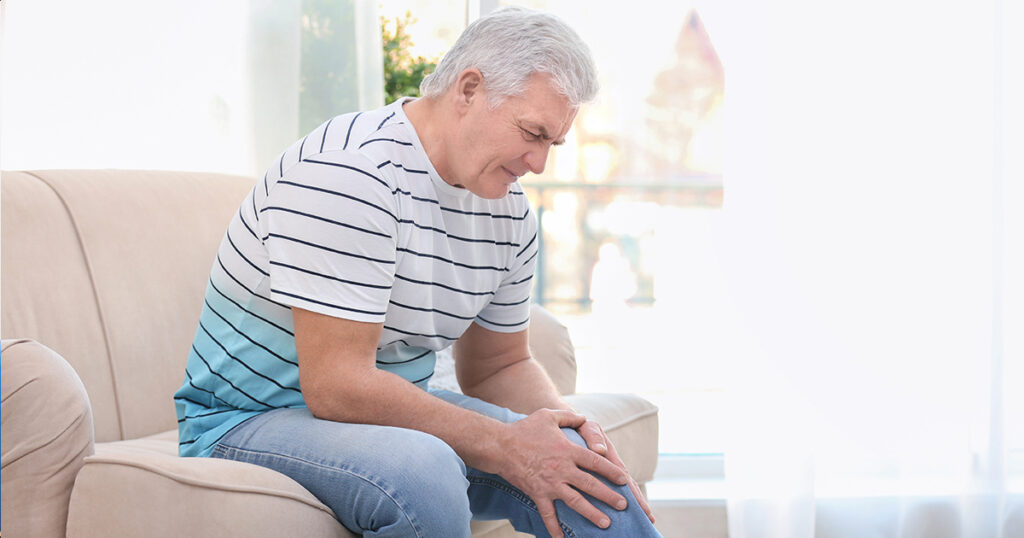
Home remedies can effectively and conveniently manage mild to moderate knee pain. Self-care techniques and lifestyle changes can help. They can ease pain, reduce inflammation, and improve joint function. Here’s a guide to home treatments for knee pain. They can complement medical care.
Rest
Give your knee a break by avoiding activities that exacerbate the pain. Resting helps prevent further strain and allows the joint to heal. Apply an ice pack to the knee for 15-20 minutes every 2-3 hours for the first 48 hours after pain or swelling. Ice therapy reduces inflammation and numbs the area. It gives temporary relief from discomfort.
Compression
Use an elastic bandage or knee wrap to apply gentle pressure around the knee. Compression helps reduce swelling and provides support. Ensure the bandage is snug but not too tight to avoid restricting blood flow.
Elevation
Elevate the affected knee above heart level whenever possible. This position helps reduce swelling by allowing fluids to drain away from the joint. Use pillows or a cushion to keep the knee elevated comfortably.
Over-the-Counter Pain Relievers
Pain Relievers: Use NSAIDs, like ibuprofen or acetaminophen. They can help with pain and inflammation. Follow the label’s dosage instructions. Consult a healthcare provider before using these medications. This is crucial if you have any preexisting conditions.
Gentle Stretching and Exercises
Do gentle stretches, like hamstring and calf stretches. They will improve flexibility and reduce tension around the knee. Stretching helps maintain joint mobility and prevent stiffness. Do low-impact exercises that strengthen the knee’s muscles. Try straight leg raises and wall sits. Strengthening these muscles supports the knee and reduces future pain.
What Can Cause Knee Pain Without Injury
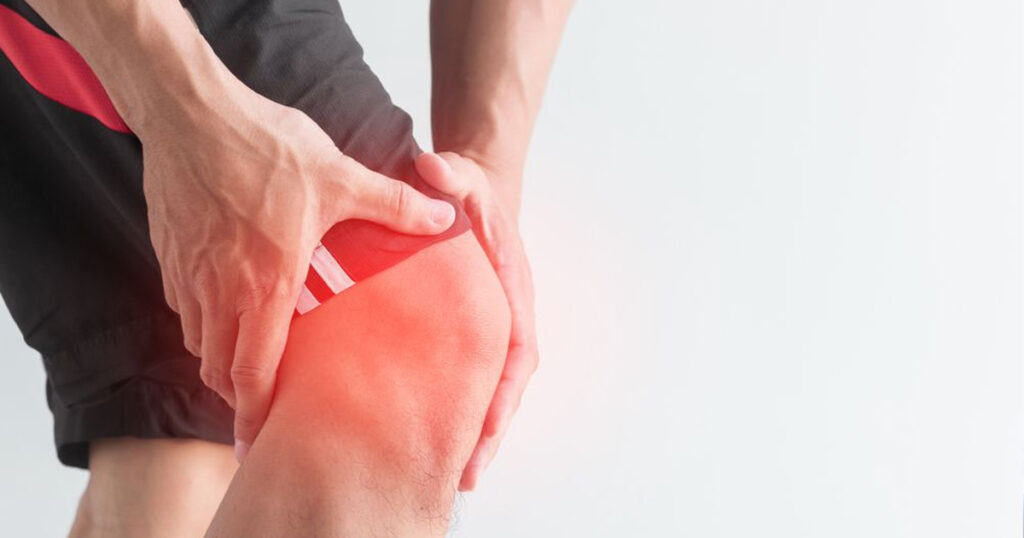
Knee pain without injury can stem from several causes. These include arthritis, like osteoarthritis or rheumatoid arthritis. They cause joint inflammation and pain. Overuse from repetitive activities can lead to conditions like patellofemoral pain syndrome. Also, poor alignment or biomechanics, like flat feet, can stress the knee joint. Hormonal changes, especially in women, and obesity are common causes. Obesity increases stress on the joints. Conditions like tendinitis or bursitis can cause pain without a specific injury.
What is the best painkiller for knee pain?
The best painkiller for knee pain depends on its cause and the person’s health. OTC options like ibuprofen (Advil, Motrin) and naproxen (Aleve) are effective. They reduce pain and swelling. They are anti-inflammatory medications. Acetaminophen (Tylenol) is another option for pain relief but does not address inflammation. For severe, lasting pain, a provider may prescribe stronger meds. They may also recommend topical treatments, like diclofenac gel. Always consult a healthcare professional before starting any medication.
Knee Pain When Bending

Knee pain during the process of bending is attributed to diseases such as patellofemoral pain syndrome. This occurs with patellar deviation or when the kneecap localizes irregularly. There is also pain due to wear of the cartilage in arthritis that involves all age groups and most often osteoarthritis. Ligament damage or meniscus tears can be a cause for soreness when in the course of the motion of bending. Lifting things, walking, running or even sitting may cause this pain if one does it so often or with a wrong posture. You should seek the advice of a healthcare provider who will be able to examine you properly and advise you appropriately.
Conclusion
Knee pain when bending may have different origins. Some of the knee conditions that can be diagnosed with Knee MRI include; patellofemoral pain syndrome, arthritis, torn meniscus and ligament injuries. Failure to use the correct techniques during such tasks as well as using them for extended periods, may also cause discomfort. Medical science is getting to the root of the problem and correcting it. Self-diagnosis and subsequent treatment are therefore discouraged as they might be misleading, and professional advice from a healthcare provider is recommended. As it concerns the prevention of this illness and solving the root cause, people can help themselves to reduce knee pain and increase joint mobility.
FAQs
How do you relieve knee pain?
To relieve knee pain, try: 1. rest, 2. ice, 3. compression, 4. elevation, 5. OTC pain relievers, 6. gentle exercises. Consult a healthcare provider for personalized treatment and if pain persists.
What not to do with knee pain?
Avoid high-impact activities, excessive bending, and prolonged sitting or standing. Don’t ignore persistent pain or skip medical advice. Avoid self-medicating without guidance and refrain from using improper footwear.
What is the main reason for knee pain?
The main cause of knee pain is often arthritis. This includes osteoarthritis, which inflames joints and degrades cartilage. Other common causes include injury, overuse, and improper biomechanics.
How to relieve knee pain at night?
To relieve nighttime knee pain, try these methods: 1. Gentle stretching. 2. Use a supportive pillow to elevate your leg. 3. Apply ice or heat. 4. Take over-the-counter pain relievers. Maintain a comfortable sleep position.
Share this content:
